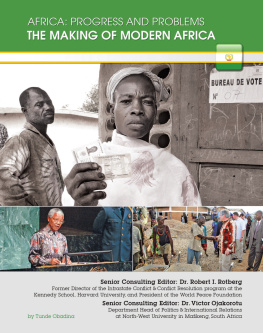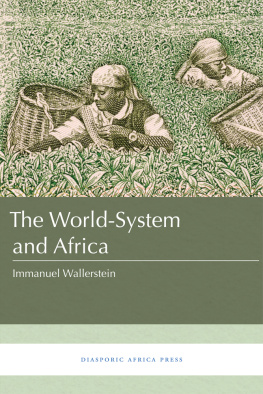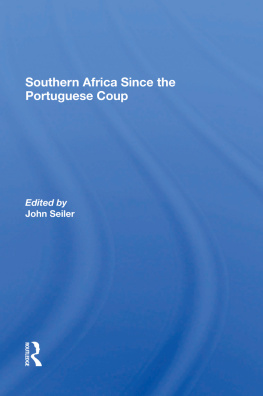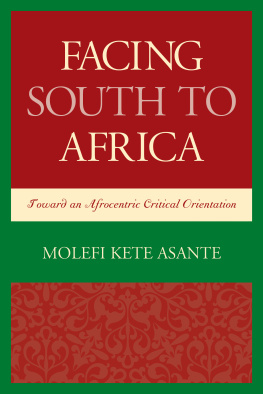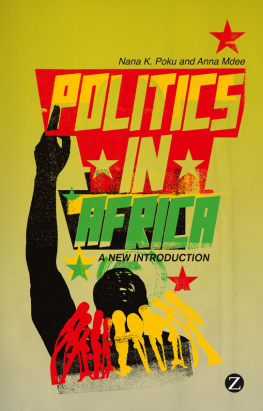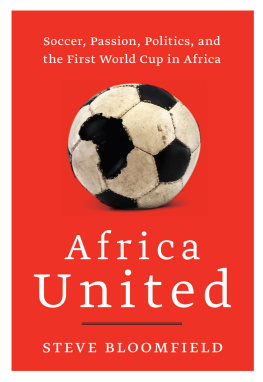THE SHAPING OF AFRICA
To the unknown author(s) of this work
Published with the support of the National Commission for the Commemoration of the Portuguese Discoveries (Lisbon)
The Shaping of Africa
Cosmographic Discourse and Cartographic Science in Late Medieval and Early Modern Europe
Francesc Relao
First published 2002 by Ashgate Publishing
Reissued 2019 by Routledge
2 Park Square, Milton Park, Abingdon, Oxon, OX14 4RN
52 Vanderbilt Avenue, New York, NY 10017
Routledge is an imprint of the Taylor & Francis Group, an informa business
Francese Relao 2002
The author asserts his moral right, in accordance with the Copyright, Designs and Patents Act, 1988, to be identified as the author of this work.
All rights reserved. No part of this book may be reprinted or reproduced or utilised in any form or by any electronic, mechanical, or other means, now known or hereafter invented, including photocopying and recording, or in any information storage or retrieval system, without permission in writing from the publishers.
Notice:
Product or corporate names may be trademarks or registered trademarks, and are used only for identification and explanation without intent to infringe.
Publishers Note
The publisher has gone to great lengths to ensure the quality of this reprint but points out that some imperfections in the original copies may be apparent.
Disclaimer
The publisher has made every effort to trace copyright holders and welcomes correspondence from those they have been unable to contact.
A Library of Congress record exists under LC control number:
Typeset by Manton Typesetters, Louth, Lincolnshire, UK.
ISBN 13: 978-1-138-72135-7 (hbk)
ISBN 13: 978-1-315-19455-4 (ebk)
Contents
With apologies to those not explicitly mentioned, I wish to acknowledge the silent contribution of some people and institutions that have, with their help and support, made the present work possible. First and foremost, recognition is due to Kirti Chaudhuri and Luis Urteaga, who have patiently supervised my research. Their scholarly criticism, intellectual generosity and valuable advice in various domains have been of crucial importance in shaping the development of the original idea. My most sincere gratitude extends as well to Elisabeth Paulet, who has been extremely helpful in a variety of matters, including linguistic and computing assistance. I am also indebted to Stefan Halikowski Smith, who corrected the English of an earlier draft. Regardless of all this help, the remaining errors are my own.
Since this study has taken shape in different countries and institutions, I have also benefited from contact with scholars of diverse backgrounds and nationalities. In Spain, I wish to thank Horacio Capel, Francesc Nadal, Ignacio Muro, Jordi Mart, and Joan Vilagrasa; in Italy, Robert Rowland, Joan Pau Rubies, and Laurence Fontaine; in England, Michael Brett and Catherine Delano-Smith; in France, William Randles and Bernard Vincent; and in Portugal, Maria Fernanda Alegria, Joo Carlos Garcia, Suzanne Daveau, Jos Horta and Francisco Domingues. No less important has been the support of friends and companions from these and other places but, in view of the number of people involved and the risk of forgetting certain individuals, I prefer not to specify any names.
The guidance received in various libraries and archives has also been very important in the accomplishment of this research. Monserrat Galera, Carme Montaner and Anna Maria Casassas in the Institut Cartogrfic de Catalunya, Norman Fiering and Susan Danforth in the John Carter Brown Library (Providence), Carlotta Alpigiano and Abra Grilli in the library of the European University Institute (Florence), Tony Campbell in the British Library and Joaquina Feijo in the Biblioteca Nacional of Lisbon, have been particularly attentive in sharing my concerns and requests.
My parents, siblings and friends from outside the academic world have helped in ways which would be difficult to express in words. But, since the only tool I now have at hand is language, I would like to say thank you to them, from the bottom of my heart.
Finally, please note that the research for this study has been financially supported by a short-term fellowship from the John Carter Brown Library and two long-term grants, one from the Ministerio de Educacin y Ciencia of Spain and other from the Comisso Nacional para as Comemoraes dos Descobrimentos Portugueses. Thanks must also go to the European University Institute (Florence) for its generous subsidy towards the cost of publication.
semper aliquid novi Africam adferre1
Gaius Plinius Secundus
The existence of Africa has been widely acknowledged in southern Europe since Antiquity. Its proximity to the coasts of Greece and Italy and the wide-ranging expansion of the Roman Empire had revealed the existence of African territories on the other side of the mare nostrum. From the earliest times then, the southern shores of the Mediterranean were easily integrated into the classical ecumene, defined as a mental continuum of inhabitable space not fragmented into continents. No independent idea of Africa could thus arise in Classical Antiquity, nor did it appear in the Middle Ages. As shall be argued throughout this work, it is not until the Renaissance that the idea of Africa finally emerged.
When considering the cosmographical climate of that period, most modern scholars have been attracted by the impact of the West Indies upon European culture after the voyages of Columbus. Few of them seem to have realized that the discovery of the New World did not necessarily imply simply the finding of a new mainland on the other side of the Atlantic, but also the survey of the unknown parts of the Old. Sub-Saharan Africa was thus a new world in its own right as much as the latterly named America. The only difference between these two geographical entities is that none of the ancient authors ever wrote about the Americas, whereas Africa was routinely the object of long dissertations in their cosmographical treatises. Even if the background of medieval legends and myths was often part of the baggage accompanying those Spanish vessels crossing the Atlantic westwards, the absence of a previous referent at the other side of the ocean generally allowed the shaping of these newly discovered lands along the lines of contemporary experience. The Portuguese expansion along the African seaboard, on the contrary, always had to fight against classical preconceptions at each new step. This fact endows the present work with an additional point of interest, for the eternal Renaissance dialogue between ancient authority and modern experience, between myth and reality, is best exemplified in the cosmographic debate about Africa.
In these terms, the study of the idea of Africa could not just be confined to the standard framework generally invoked for the Renaissance. Full understanding of the issue discussed here demanded an insight into the classical heritage being recovered and the need to go back to the geographical culture of the late Middle Ages to find the ground in which the idea of Africa was rooted. Hence the time-frame described in the subtitle of this book. Only after analysing the full complexity of the whole process of how the idea of Africa emerged and evolved in West European culture can it be possible to determine more specific chronological watersheds. The reader will thus find a more detailed discussion on this matter in the general conclusions.



